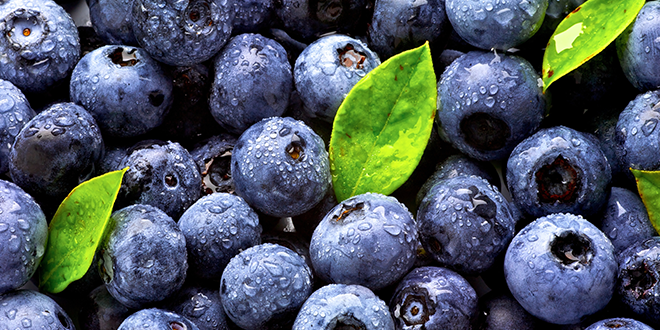
Mar 13, 2019Foliar calcium curbs blueberry green fruit drop
Green fruit drop in blueberries, also called Draper drop, isn’t only an issue with the blueberry variety Draper.


Photo: Dean Peterson
“Green fruit drop is a genetic trait. It’s going to show up in other varieties,” said Eric Gerbrandt, research director of the British Columbia Blueberry Council. He was a speaker at the recent Great Lakes Fruit, Vegetable and Farm Market EXPO in Grand Rapids, Michigan.
Green fruit drop is the spontaneous dropping of fruit at the green fruit stage.
It’s been primarily observed in Draper in northwestern Washington and coastal British Columbia.
Draper was developed at Michigan State University and widely planted in British Columbia starting in 2007 and 2008.
Draper yields well, has a good harvest window and produces quality fruit.
In 2011 and 2012, a problem emerged where the green fruit would simply fall off the bushes with yield losses of anywhere from 5 percent to 50 percent.
The amount of green fruit drop varied widely. Some fields had a 50 percent drop while nearby fields didn’t have any. There were also wide differences in the same field from year to year. The problem did not appear to be associated with any pest or disease such as the green drop virus.
“It seemed associated with high plant vigor,” Gerbrandt said. “It looked very similar to calcium deficiency in other crops, like bitter pit in apples.”
Research from Oregon State University found that Draper has relatively high leaf calcium and low fruit calcium. Research in British Columbia showed fruit with lower amounts of calcium had higher amounts of green fruit drop.
“There was competition for calcium within the plant,” Gerbrandt said. The amount of available calcium in the soil didn’t seem to be a factor.
He researched foliar applications of calcium in field research as a possible solution.
In the first year of study, the foliar applications almost completely eliminated green fruit drop.
“That was unexpected,” Gerbrandt said.“Most research said it is hard to get calcium into the plant through foliar applications.”
Calcium chloride was identified to be the preferred choice of foliar fertilizer over other products, such as calcium nitrate.
“We tested other products,” Gerbrandt said. “So far, we haven’t found anything that offers as consistent results as calcium chloride.”
High concentrations of calcium chloride (1,300 ppm or higher) as foliar applications appear to be most effective at preventing green fruit drop. The applications should be started early with a minimum of three, weekly applications.
“You need to apply from mid-bloom onward,” Gerbrandt said. “You need to make multiple applications.” This is because most of the needed calcium must be directly absorbed by the fruit.
“We had a lot of success with these treatments,” Gerbrandt said. “We were keeping the fruit on the bush and the bush was still able to size the fruit. We weren’t trading off one attribute for another.”
Blueberries are sensitive to chloride and phototoxicity on the leaves is an issue. “We only saw phytotoxicity at high rates of calcium chloride,” Gerbrandt said, “but we’re only beginning to develop an agronomic solution. Growers need to proceed with caution and apply foliar calcium at their own risk.”
Nitrogen fertilizer rates are also an issue with green fruit drop. Gerbrandt determined higher nitrogen rates increased the severity of green fruit drop and made it more difficult to mitigate the condition with foliar calcium.
“Draper is a parent in several new varieties,” Gerbrandt said. “Fruit calcium is a heritable trait so we will likely see more green fruit drop. But since it’s a genetic issue, it’s also an issue our plant breeders can work to eliminate.”
– Dean Peterson, FGN Correspondent














